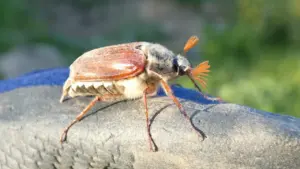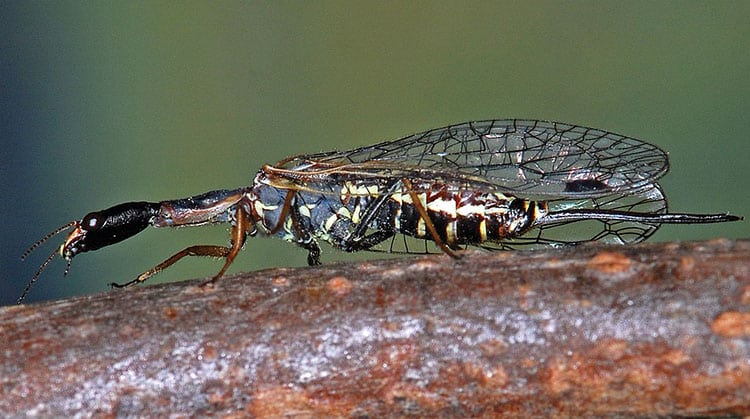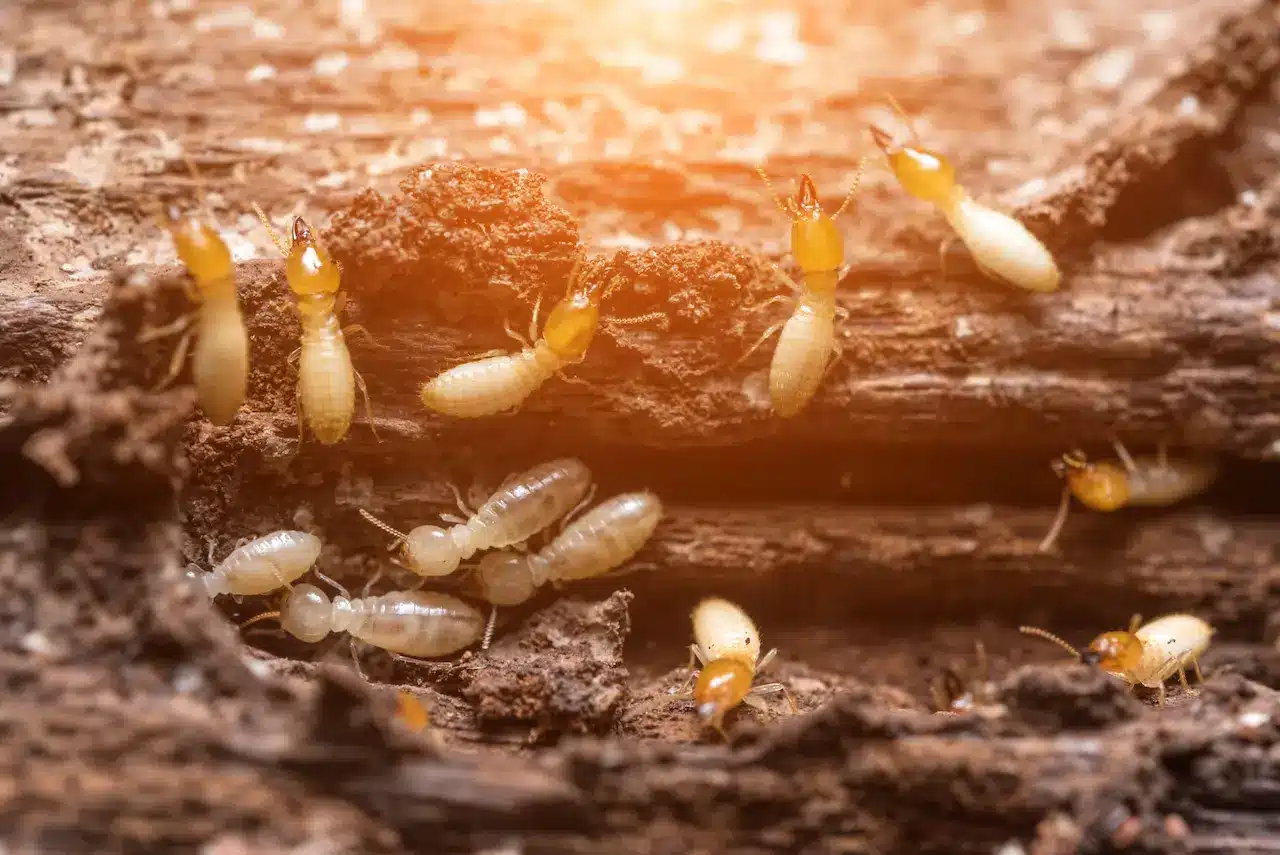Do Insects Have Bones?
Do Insects Have Bones?
Vertebrates have evolved an internal skeletal system; a seemingly normal part of the animal kingdom, right?
The thing is internal skeletons, or endoskeletons, are actually not that common in the animal kingdom.
Some 95% of the animals we share our planet with, most of which are insects, do not have an endoskeleton.
Instead, they have a skeleton on the outside; an exoskeleton.
What Is an Exoskeleton?
Insects do not have bones. Insects have an exoskeleton.
Bones, especially those found in mammals, comprise collagen and calcium phosphate.
An exoskeleton is an external skeletal system made from a fibrous protein called chitin (pronounced ki-tin).
However, both skeletal bones and chitinous exoskeletons have a similar function for mobility and rigidity.
What Is the Function of an Exoskeleton?
There are many functions of the arthropod exoskeleton. These include:
- Structure
- Prevention of water loss
- Sensory feedback
- Barrier to prevent the entry of pathogens
- Increase movement and flexibility
- Protection against physical damage
Let’s look at the last two points in closer detail.
Increase Movements
An insect’s exoskeleton provides a large surface area for the attachment of tissue and muscles. This is vital, as insects use their exoskeleton and muscles together in a form of lever system.
The muscles are attached to the inside of the exoskeleton via small hooks. The contraction and relaxation of these muscles allow the insect to move in their hard exterior.
Many vertebrates also use this form of muscle and skeletal lever system.
Protection Against Physical Damage
The insect world is tough.
Not only do many insects sit on the lower end of the food chain, competition among individuals of their own species is fierce.
Did you Know?
Intraspecific competition is a term given when individuals from the same species compete for resources.
Exoskeletons provide considerable protection.
Take the stag beetle, part of the order Coleoptera.
Most beetles have an exceptionally thick exoskeleton, in comparison to other insect groups.
Male stag beetles have incredibly large jaws, used to fight other males to compete for female mating rights.
The aim? To throw rivals off mating trees – up to 25 meters off the ground.
Due to their thick, protective exoskeleton, the loser acquires very little damage from the fall, and simply bounces off the ground.
Click the link below to discover how a stag beetle uses its jaws in action:
Disadvantages of an Exoskeleton
A body of armor sounds great, in theory.
But imagine hulking the cumbersome structure around everywhere you go; it can be very energy demanding.
But that’s not all.
As with any suit of armor, it cannot grow with the body. This means that throughout its lifetime, an insect will have to go through a series of molts to produce a bigger, upgraded version of its protective exoskeleton.
As the insect sheds its old exoskeleton, the soft-bodied interior is exposed. This means an insect undergoing a molt is incredibly vulnerable to predation, physical injury and dehydration.
In addition, muscles are not securely attached to the new exoskeleton. This means maneuverability is limited.
A cicada emerges from its old exoskeleton. With its soft body, the cicada is vulnerable to predation. Getty Images.
Do Flies Have Bones?
But what about flies? They don’t have tough exoskeletons like the beetles.
Or do they?
Although considerably thinner than their hexapod cousins, flies do have an exoskeleton and do not have bones.
Despite comprising the same fibrous compound found in other arthropods, chitin, the thin exoskeleton of a fly does not provide the same protection.
The primary purpose of exoskeletons on flies are to provide body rigidity and prevent desiccation from loss of water.
Do Bugs Have Bones?
Bugs and insects are words that are used interchangeably.
However, they are not the same thing.
Let’s remind ourselves what the term “bugs” actually refers to:
The term “bug” is often used to refer to the true bugs. These are typically insects with sucking mouthparts, found within the order Hemiptera. They include bed bugs, assassin bugs and stink bugs.
As with any insect, the true bugs do not have bones. They also have an exoskeleton.
Conclusion
Insects do not have bones. Instead, they have a robust outer skeleton known as an exoskeleton.
The insect exoskeleton has many functions, including hydration control, protection and movement.
However, an insect is left vulnerable when the time comes to molt their exoskeleton.
References
- University of Wisconsin-Milwaukee, College of Letters and Science, April 2014
- National Library of Medicine, Zookeys, Mar 2012
- ScienceDirect, Encyclopaedia of Insects, 2009
Disclaimer
Earthlife.net does not provide medical advice. We do our best to help users understand the science behind living beings; however, the content in the articles and on the website is not intended to substitute for consultation with a qualified expert. By interacting with the website and/or our email service, you agree to our disclaimer. Remember that you must consult a specialist before using any of the products or advice on the web.







